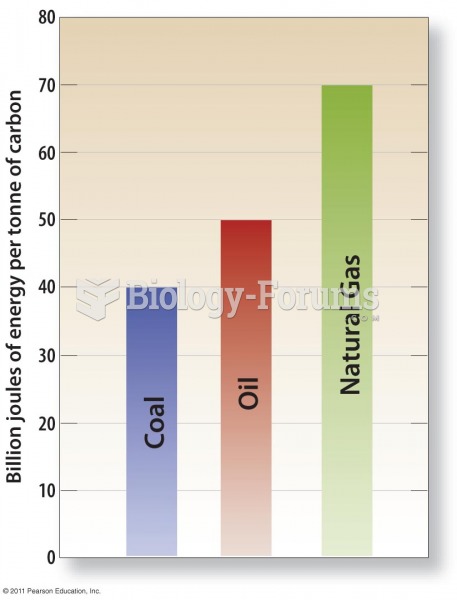Answer to Question 1
A series of observations of different processes over the last couple of decades has shown conclusively that the rate of expansion of the Universe is accelerating. The rate of expansion of the Universe must depend on two competing factors. The gravitational effect of baryonic and non-baryonic matter will tend to decelerate the rate of expansion. Since the rate is accelerating, there must be some other effect which counteracts the effects of gravity. This additive energy has been given the name dark energy.
1) Because the expansion of the Universe is accelerating, and some process must counteract the decelerating influence of matter and gravitation, there must be an unidentified energy source spread through space, termed dark energy.
2) The density of the Universe is almost exactly equal to the critical density of a flat Universe. Baryonic and non-baryonic matter only account for about 30 of the density needed to achieve critical density. The remainder must come from dark energy, which must comprise about 70 of the density of the Universe.
Answer to Question 2
The Babcock model explains the magnetic cycle as a repeated tangling and untangling of the solar magnetic field.
The Babcock model accounts for the reversal of the Sun's magnetic field from cycle to cycle. As the magnetic field becomes more and more tangled, adjacent regions of the Sun are dominated by magnetic fields that point in different directions. After years of tangling, the field becomes very complicated. Regions of weak north or south polarity flip into alignment with neighboring regions of stronger polarity. The entire field then quickly rearranges itself into a simpler pattern, the number of sunspots drops nearly to zero, and the cycle ends. Then, differential rotation and convection begin winding up the magnetic field to start a new cycle. The newly organized field is reversed relative to its predecessor, and the new sunspot cycle begins with the magnetic-north end of sunspot groups replaced by magnetic-south. Thus, the solar activity cycle is 11 years long if you count the numbers of sunspots, but 22 years long if you pay attention to sunspot magnetic field directions.






